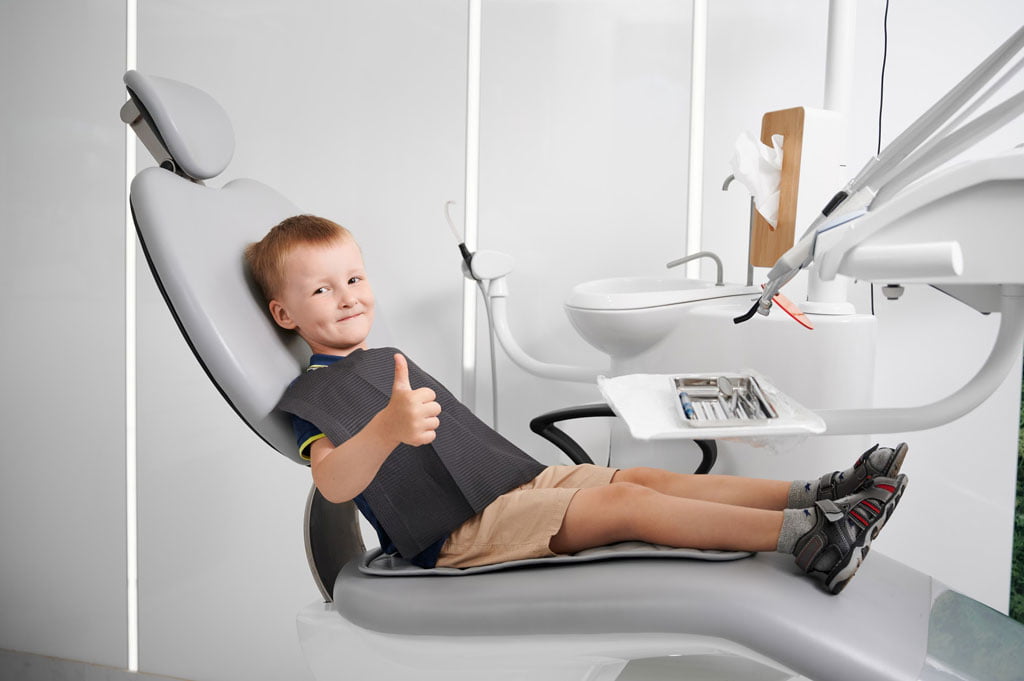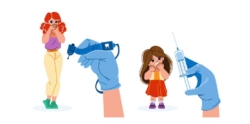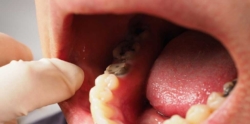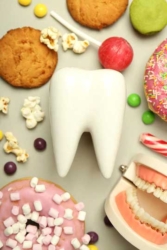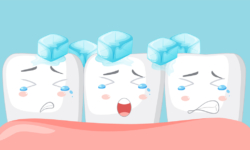If you are looking for an effective remedy for when your child’s two-year molars start growing, we have a couple of things that may help you along the way.
Here, we will talk about everything you need to know about molars, including the problems you may notice, symptoms of teething, as well as home remedies that can make everything a bit easier. But before we begin, we have to say that the best option in every scenario is to talk to the professional — you can find a pediatric dentist that will be able to provide more info.
What Are Two-Year Molars?
Two-year molars are the last set of baby teeth that start growing. These teeth are located at the back of the mouth, and they are often called second molars. They will be the last set of teeth in the jaw, at least until wisdom teeth start growing.
As you probably know already, second molars are bigger, flat, and we use them for chewing and grinding food. While many toddlers won’t experience any teething pain, most probably will. This is why you need to know a couple of tricks and home remedies in case you notice your child having toddler teething symptoms.
When Do They Start Growing?
Each child is different, so the time these teeth start growing might vary. However, there is a common time slot that may be useful for parents. Usually, teething symptoms will appear after 23 to 33 months. That also explains why these molars have the nickname “two-year molars.”
It is worth mentioning that lower and upper molars usually don’t start growing at the same time. For the lower set of teeth, the common age when they start growing is between 23 and 31 months. On the other hand, the upper ones start appearing between 25 and 33 months. However, these are just estimates. Always pay attention to your child to see if there are any symptoms or signs that their teeth have started growing.
Two-Year Molars Symptoms
Now, the most important thing is to be able to recognize signs of teething pain since it will give you enough time to prepare and help your child. Once again, it is quite possible to go through the entire process without experiencing discomfort or pain. But, there are signs you might notice:
- Increased drooling
- Your child gets irritated easily
- Chewing fingers, toys, or clothing
- Consistent low-grade temperature (around 99 degrees Fahrenheit or 37.2 degrees Celsius)
- Trouble sleeping
- The eruption zone or red gums
Each of these might point out that your child is experiencing problems with two-year molars. Moreover, it is possible for these symptoms to get worse overnight. Of course, it is not necessary for all of the symptoms to appear at once, and your child might experience only a few of the ones mentioned on the list.
High-grade fever is not a symptom of any two-year molar problems, and neither is an upset stomach. If your child is experiencing either of these symptoms, the problem may lie elsewhere. For example, it is more likely that they have a stomach-related illness. That is why you should always talk to the doctor if these two symptoms manifest.
It isn’t rare for a child to dislike the idea of showing gums, which is why the best way to approach the situation is through fun and games. This might help your child relax a bit and allow you to determine whether molars are the problem.
Problems With Molars And Healthy Routine
While the teeth growing process may be uncomfortable for your child, it is perfectly normal. As long as the symptoms are within limits, there is nothing to worry about. Of course, you can always talk to your dentist and see what they have to say about the situation. It is highly recommended to visit a pediatric dentist as soon as teeth start growing, and no later than the first birthday.
It is also essential to teach your kid to take care of their teeth and that visiting a dentist is something they need to do. You might also get necessary info about brushing, hygiene, and taking care of teeth. Developing a healthy daily routine is crucial to ensure your child avoids teeth-related problems, and you will also be able to learn about dental care.
Two-Year Molar Symptoms — What Can You Do to Treat Them
Now that we have gone through symptoms and things that may go awry during the teething period, we should talk about your options and how you can help your child.
The most obvious answer is talking to the pediatric dentist. However, visiting a dentist is not always possible, and you might need a home remedy that you can use on the spot.
Fortunately, there are a couple of tricks that you might find useful and that will help your child be a bit more comfortable. Probably the first thing you should try is gently massaging gums. You don’t need any special tools or methods, and the only thing you need is to properly wash your hands.
Another option is to give your child a spoon they can hold between teeth. The idea is similar to a finger massage and might ease the pressure and make it bearable. If that fails, or your child dislikes the idea for some reason, you can use a cold gauze pad they can hold between their teeth. Ice water or cold gauze can help numb the feeling, and it can be quite effective.
Of course, you can also try teething rings that are designed for this very purpose as well. In case of drooling, you need to moisturize the skin to avoid cracking or dryness. Either of these methods can be good, and you can try a couple of them to see which one works best.
